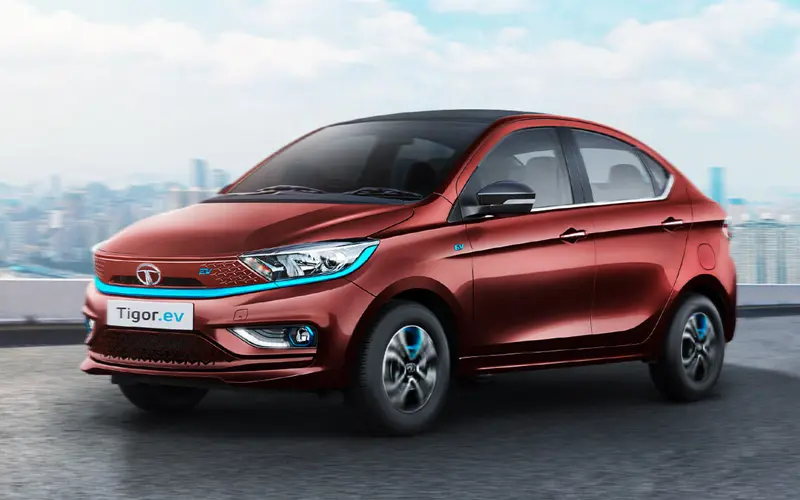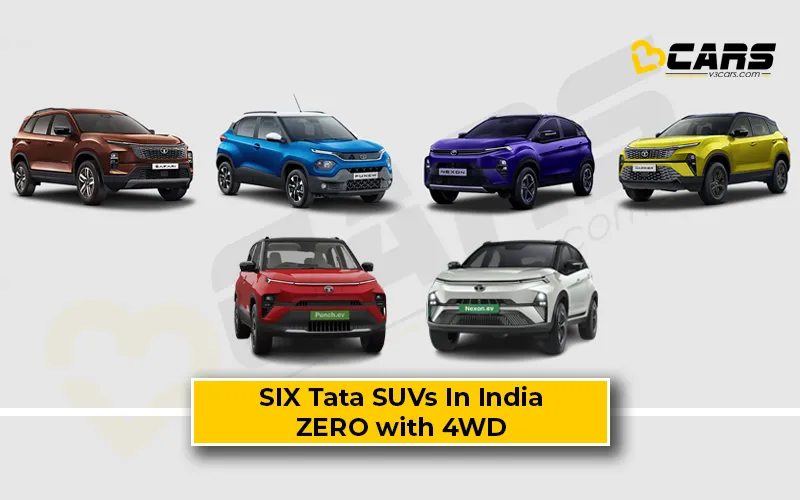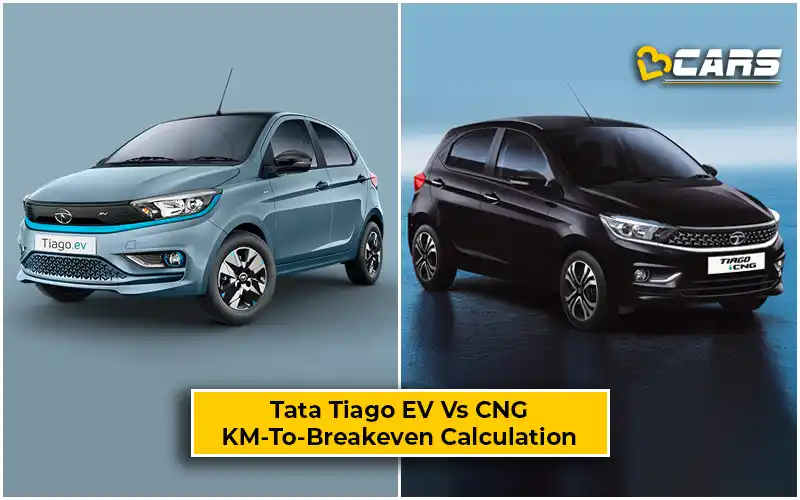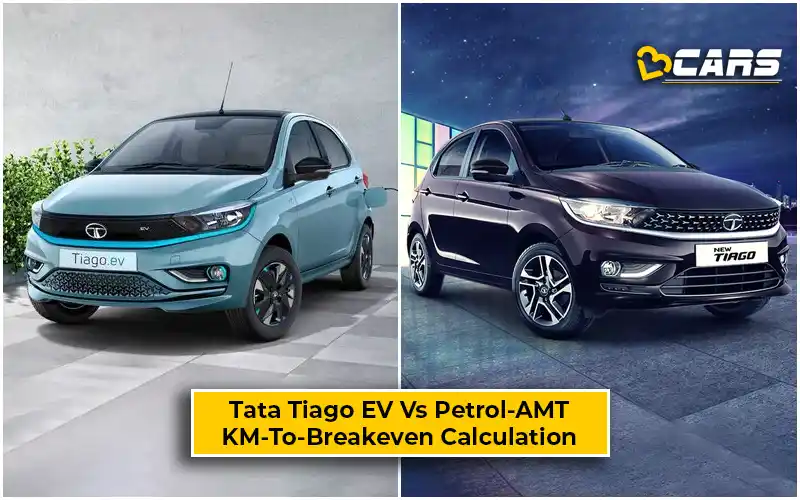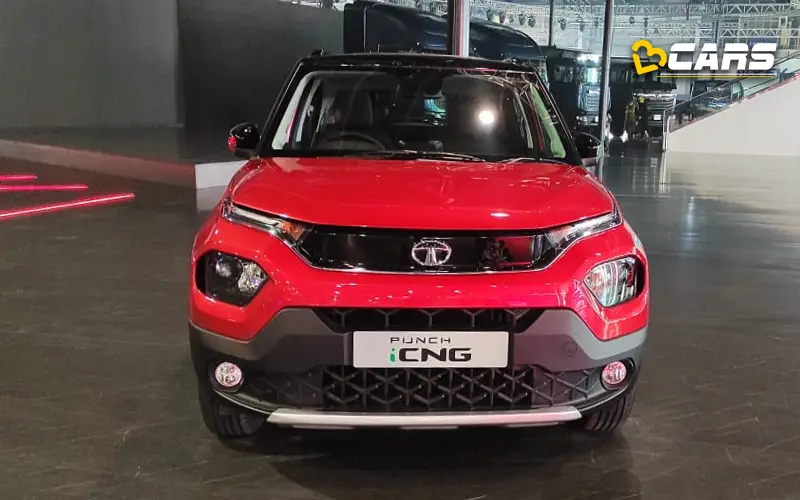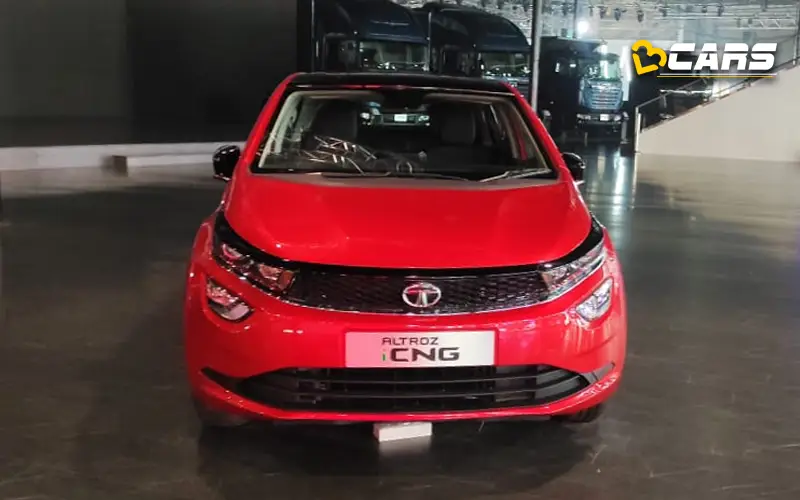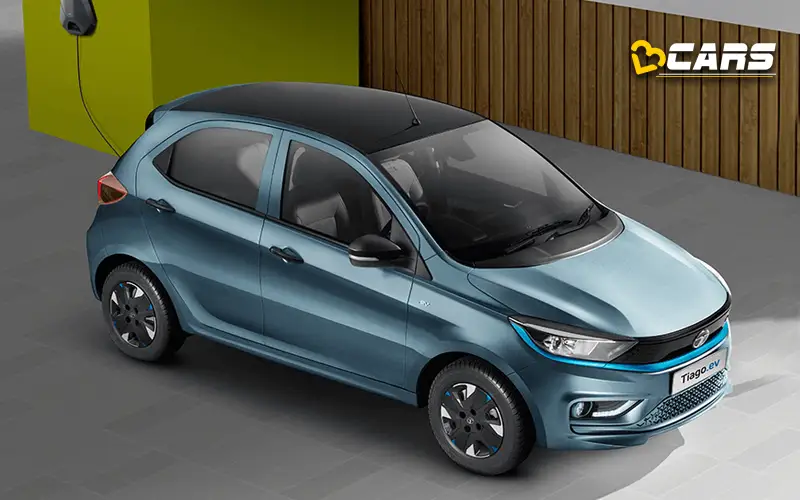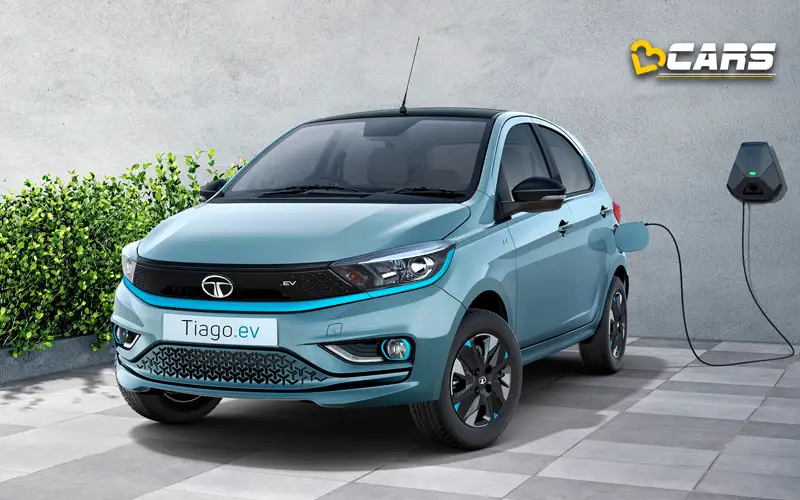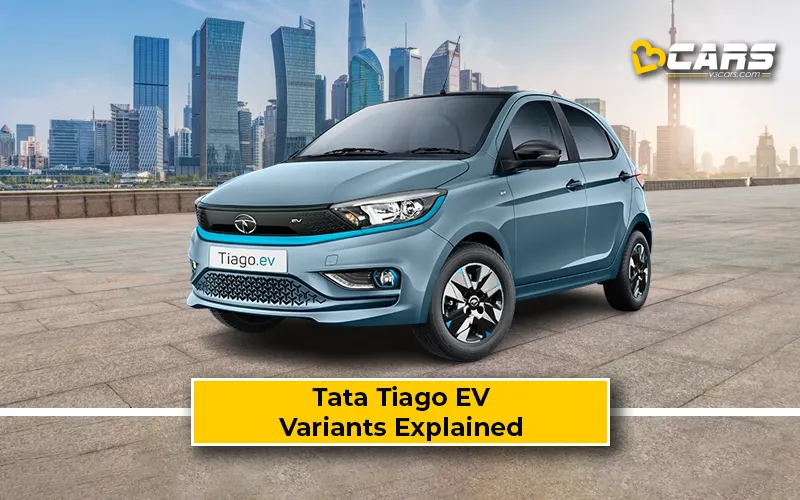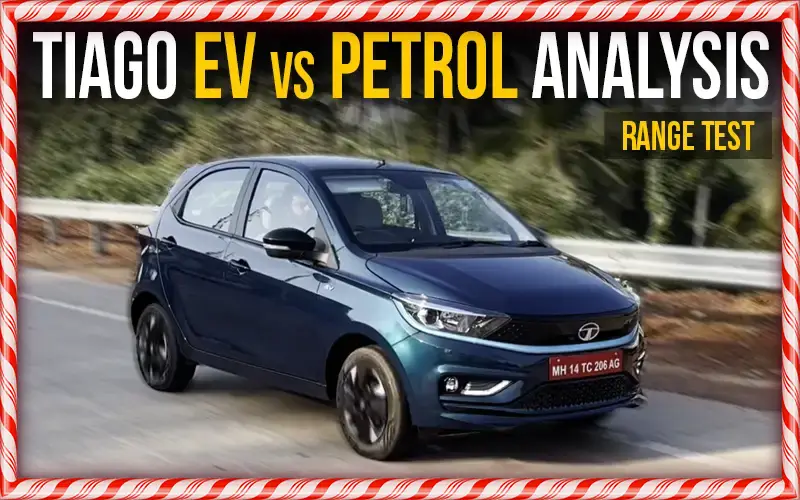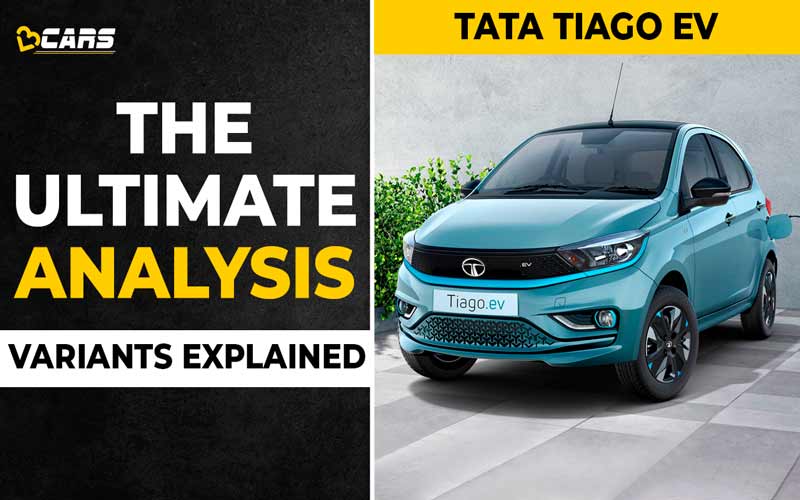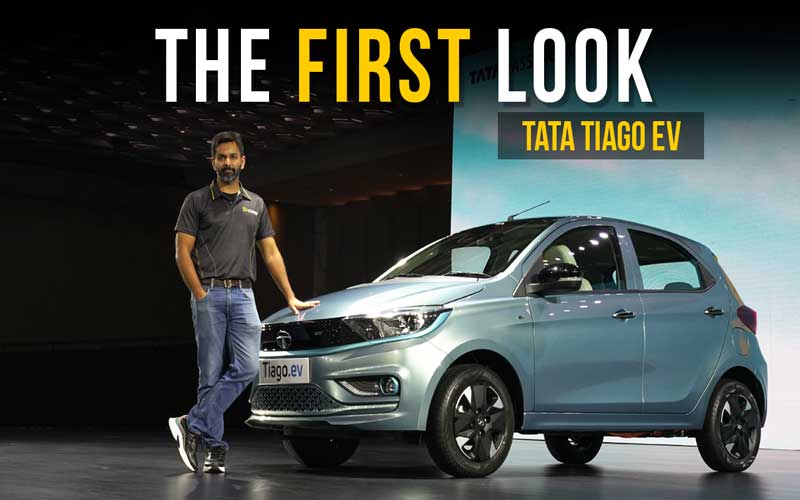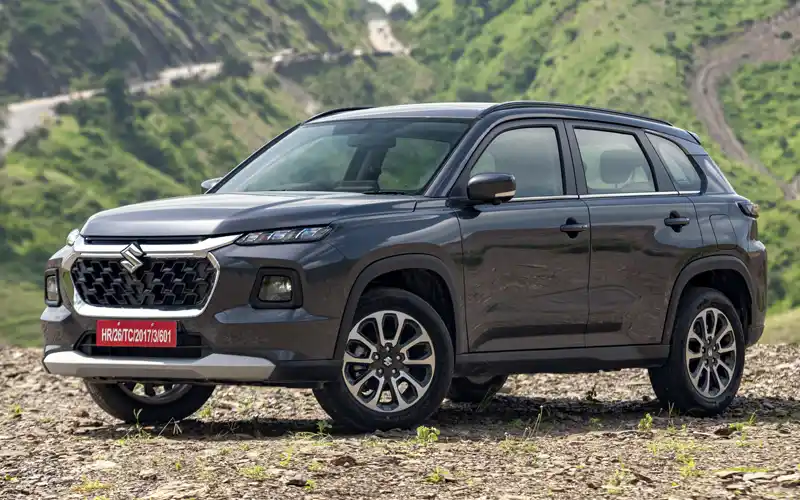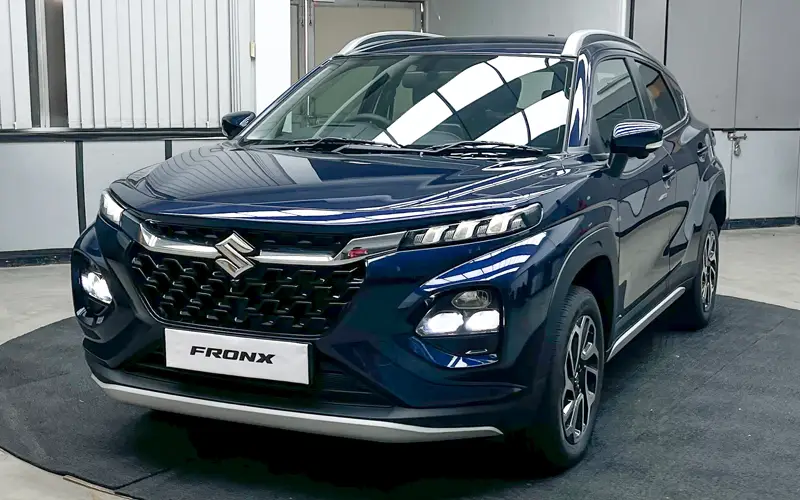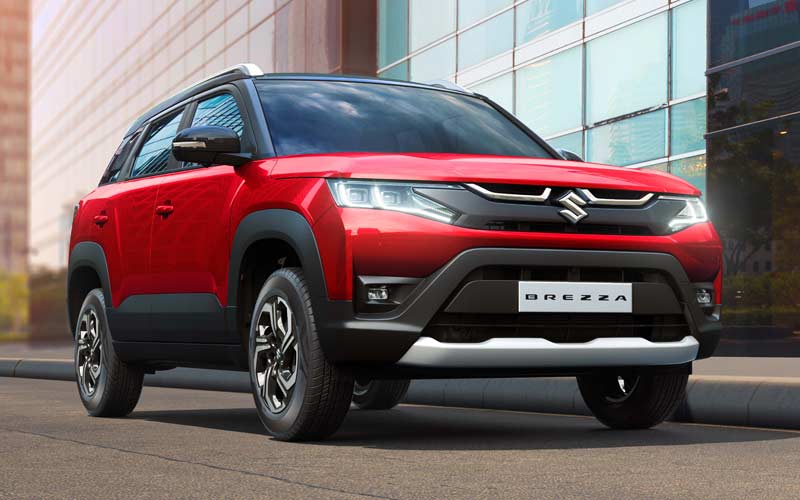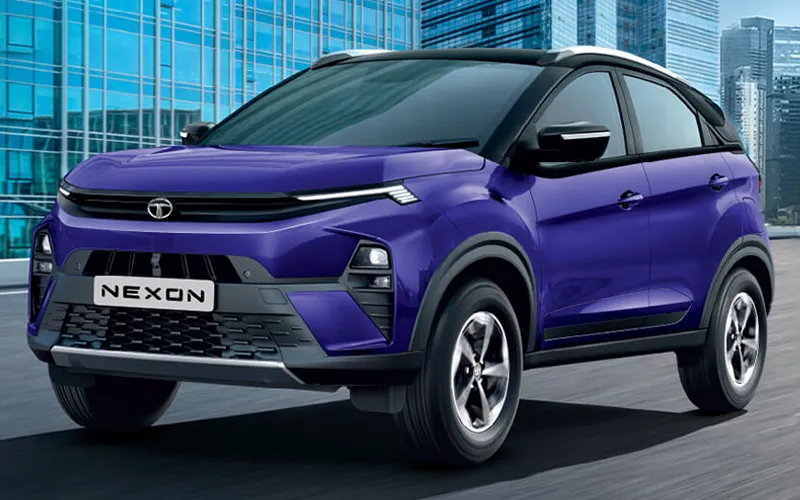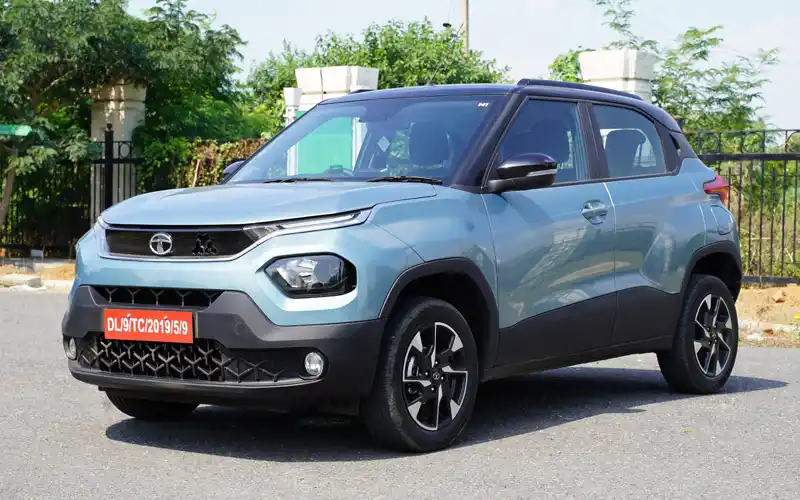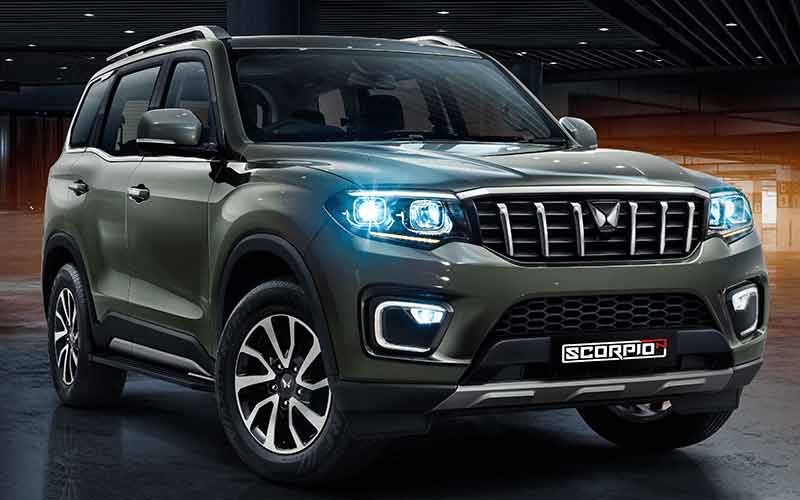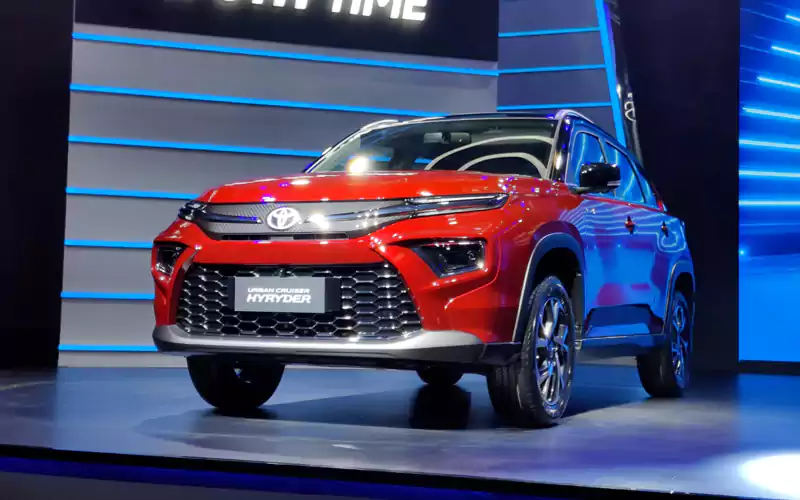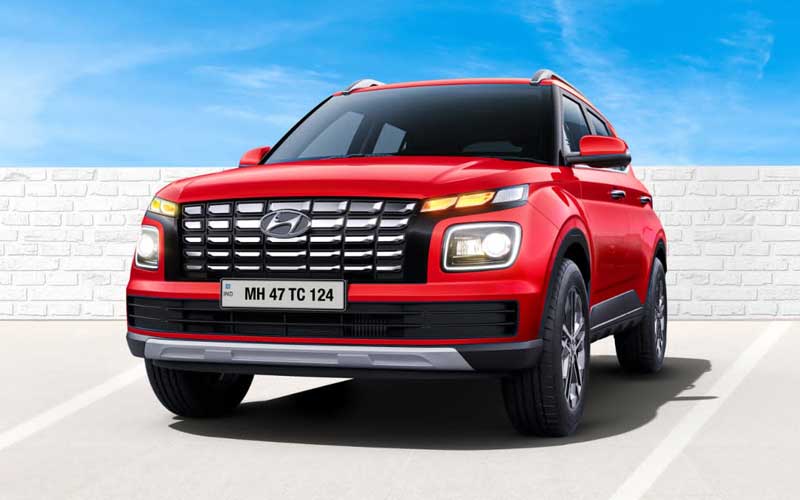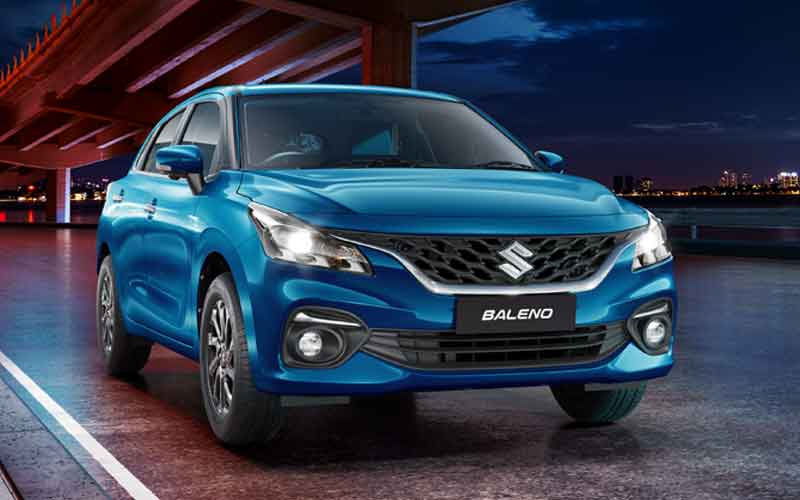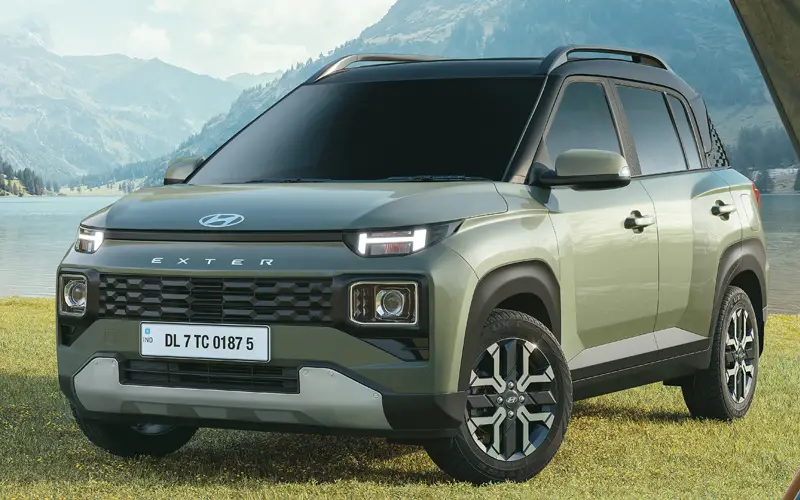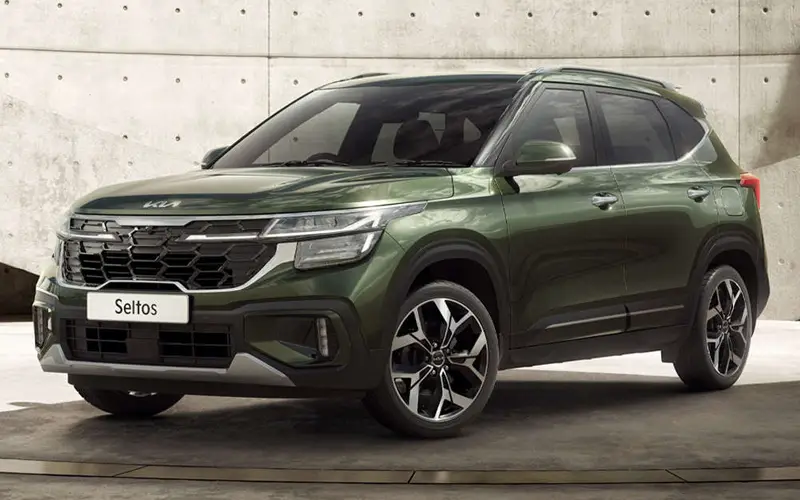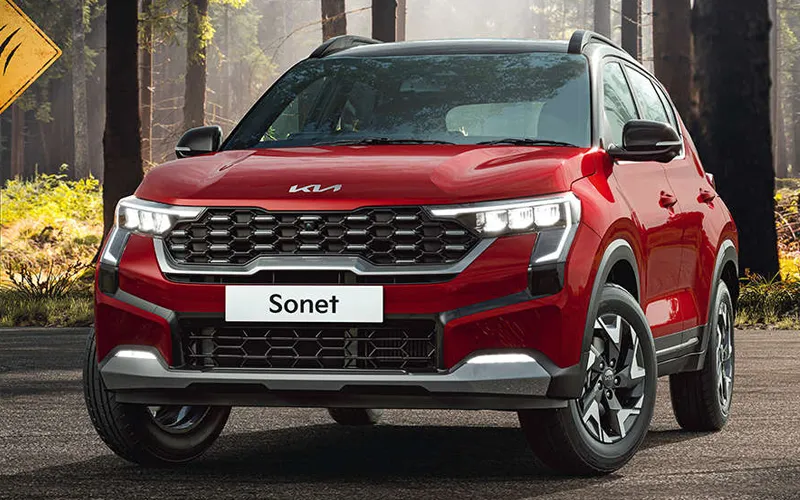Tata Tiago EV Pros & Cons
Check out pros and cons about the Tata Tiago EV that are worth highlighting for a potential buyer. Here are some of the highlights of the benefits of buying the Tata Tiago EV. We'll also list out the Tiago EV drawbacks to help you make an informed buying decision.
Tiago EV Advantanges
Affordable EV With A Mass Market Design Appeal
While the Comet EV costs less, its design and 2-door layout is a deal-breaker for many EV buyers. At a starting price of Rs. 7.99 lakh, the Tiago EV comes across as a car with better mass market appeal than the MG Comet with its more practical 4-door body. The February price drop of up to Rs. 70,000 to counter the MG Comet’s price drop of almost Rs. 1.0 lakh does make it a strong contender for someone looking to buy an affordable electric car.
A Decently Long List Of Features
Some of the notable features of the Tiago EV are TPMS, telematics, auto AC, power mirrors, touchscreen with steering-mounted controls, keyless entry, cruise control, rear camera, rear defogger, rear washer wiper, auto front wipers, auto headlamps and projector headlamps.
7.2kW AC Fast Charging As Standard
Some of the higher variants of the Tiago EV offer an optional 7.2kW AC fast charger option for an additional Rs. 50,000. While the charger is available for an additional sum, all variants of the Tiago EV are compatible with AC fast chargers. So, if you happen to charge at a public charger with a faster AC charging option, you will get the benefit of fast charging. Unless you need an AC fast charger at the time of purchase, you can just defer that decision and buy the charger later during the ownership.
DC Fast Charging With CCS-2 Connector
Besides the AC fast charging, all variants are also compatible with DC fast charging using the CCS2 connector. So, for fast charging, you probably won't even have to resort to AC charging if you can find a DC charging option. Faster AC charging will remain as an option in case you can’t find a DC charger but have access to a faster AC charging station.
4 Regen Modes (Including Regen Off)
While all electric cars offer various regen modes, the most affordable EV, MG Comet, only lets you choose between 3 modes, which range from mild regen to heavy regenerative braking. Besides such 3 regen modes, the Tiago EV also offers the option of completely turning off the regenerative braking, which is its 4th mode. This helps you select the most suitable regen option based on the driving preferences and driving conditions.
Tiago EV Disadvantanges
Telematics Available As Standard
Telematics or connected car technology, which helps you track vehicle’s location and access certain functions is a useful feature. But, considering that this is a tech-heavy and data centric nature of this functionality, it also brings with it major privacy concerns. They are especially notable concerns since Tata Motors haven’t highlighted which expert in this field of data security is handling this task for them.
What makes it doubly problematic is that they don’t have a single variant of the Tiago EV without the telematics feature. Unlike other vehicles, where telematics remains a feature for higher variants, privacy-conscious buyers at least have an option of sacrificing value and features and choosing the lower variants. With the Tiago EV, you don't get to make that call.
Doesn’t Get An EV-Specific Platform
It would not have been our expectation but the presence of Comet in a similar price band makes this thing a notable miss for the Tiago EV. You see, when working on a new electric car, manufacturers have the option of jerry-rigging an existing petrol/diesel car platform and making it work with an electric powertrain. This brings big cost savings for the carmaker in development effort. But, the buyers have to live with many behind-the-scenes compromises.
The Comet costs less. It was never engineered to use a petrol engine. So, it enjoys those efficiencies of being a born electric car. This makes us expect more from the Tiago EV, which currently uses an 8-year old platform designed for a petrol/diesel powertrain.
FYI, the cost saving from removing 2 parking sensors is about Rs. 500. It should be even less for Tata Motors as they have a bulk deal from their suppliers.
Missing Features Front, Rear Armrest, Rear AC Vents
For a car costing ~Rs. 12.0 lakh (ex-showroom), it doesn’t get several features like sunroof, alloy wheels, rear window curtains, 360-degree camera and head-up display. Once you factor in the pricey nature of electric vehicles compared to petrol cars, many of these are somewhat easy to ignore. What’s not excusable is the lack of front armrest, rear armrest and rear AC vents. Front and rear armrests are fairly common in cars costing around Rs. 12.0 - 13.0 lakh. But the lack of rear AC vents feature is a cause for some serious concern.
Penny Pinching With Rear Parking Sensors
If some of the missing features weren’t enough, the lack of parking sensors certainly is a move that shows some serious penny pinching from Tata Motors. So, the removal of rear parking sensors isn’t shocking at all when a car as expensive and wide as the Safari makes do with only 2 sensors on the front and 2 along the back.
If you haven't noticed yet, the variants of the Tiago EV, which have a rear camera, don’t get the parking sensors.
Overpriced Long Range Variants
The Tiago EV’s long range variants add about 5kWh battery capacity and cost Rs. 1.0 lakh more than the variants with lower range. This is expensive even by Tata’s own standards. In the Punch EV, they offer the long range variants with 10kWh higher battery capacity for Rs. 1.0 lakh more than the low-range variants. Besides this, the Punch EV LR variants also offer some additional features while making more power and torque.
Absurdly Overpriced AC Fast Charger
Let’s do the math. When you buy the Tiago EV with the AC fast charger, you get a 7.2kW AC charger with the car for an additional Rs. 50,000. But you don’t get the 3.3kW charger, which is available with the lower variants.
For Rs. 50,000, Tata shouldn’t replace the charger. They should give you both chargers. Because a typical ~7kW AC charger with Type-2 gun is available on Amazon for around Rs. 30,000. While a 3.3kW AC charger costs around Rs. 20,000.
Just do some simple math and you’ll know that removing the 3.3kW charger (-Rs. 20,000) and adding a 7.2kW charger (+Rs. 30,000) should cost you no more than Rs. 10,000 (-Rs. 20,000 + Rs. 30,000).
Since all variants are compatible with the AC fast charger, you should buy the charger separately later during the ownership as the need arises. This will cost you significantly less.
If you’re worried about buying a Chinese aftermarket charger for your expensive new car, then there's no serious concern here. Firstly, the Chinese have a much more mature EV market. Moreover, Tata’s own Type-2 AC chargers with their EVs are sourced from China.
Significantly Lower Real-World Range
The real-world range of the Tata EVs we have experienced so far has been about 30-40% below the claimed range. Even with a conservative driving style, we get a realistic range that deviates about 25-30% from the official range figure. With this estimate, you should expect about 175-185km from the Tiago EV’s small battery pack variants.
In comparison, the MG Comet’s range estimates are much closer to the advertised figures. With a conservative driving style, you can easily get 230km real-world driving range from the Comet EV. Even with load and normal driving, you can expect to get close to 200km range from the little Comet, which is only 10-15% deviation from the claimed range.
With these estimates, you can expect even the long range variants of the Tiago EV to only offer the range, which is similar to that of the Comet despite its smaller 17.3kWh battery pack.
A Rare Car Without A Buying Recommendation
We rarely come across a car where no variant is worth recommending. Based on our perceived value-based algorithm, the incremental price you’re paying for the higher variants doesn't even come close to being justifiable. The best some variants achieve is 70% value for the additional features over the base model.
In comparison, making the jump to the Punch EV Adventure Long Range (~Rs. 13.0 lakh) looks like a muhc better option. It’ll get you an EV-spec platform (at least one that’s heavily adapted to take advantage of an electric powertrain). Moreover, you get the SUV body style, better touchpoint quality, a fresh design and far superior performance. It’s worth noting that the Punch EV Adventure LR is also our top recommendation for Punch EV buyers.
Tata Tiago EV Competitors
Tata Tiago EV Expert Reviews
Tata Motors — The Only Mainstream SUV Maker With No 4WD In Portfolio — Opinion
While we have gotten used to pseudo SUVs posing as SUVs, manufacturers still find it...
Tata Nexon New Gen Ground Clearance, Boot Space & Dimensions
This article will give you details about the dimensions, or length, width, height and...
Tata Tiago EV Vs CNG-Manual - XT Variant - Price, Feature, Fuel Cost Calculation
The launch of Tata Tiago EV with Long Range and Medium Range adds 2 more options for the...
Tata Tiago EV Vs Petrol-AMT - XZ Plus Variant - Price, Feature, Fuel Cost Calculation
The launch of Tata Tiago EV with Long Range and Medium Range adds 2 more options for the...
Tata Punch CNG Ground Clearance, Boot Space & Dimensions
This article will give you details about the dimensions, or length, width, height and...
Tata Altroz CNG Ground Clearance, Boot Space & Dimensions
This article will give you details about the dimensions, or length, width, height and...
Tata Tiago EV Engine Specifications, Mileage, Power, Torque
This article will give you a perspective of the engine specs, like displacement, power,...
Tata Tiago EV Ground Clearance, Boot Space & Dimensions
This article will give you details about the dimensions, or length, width, height and...

